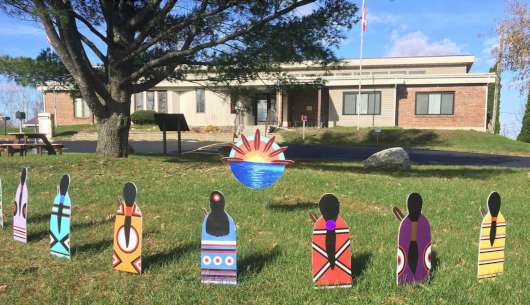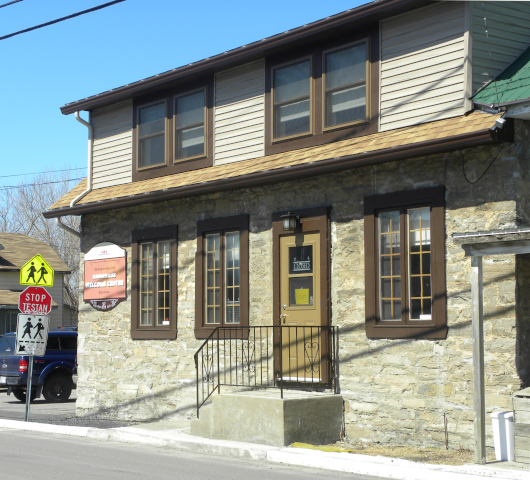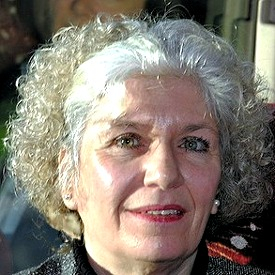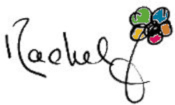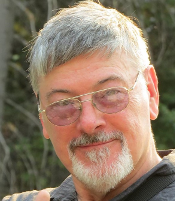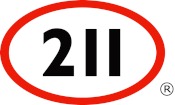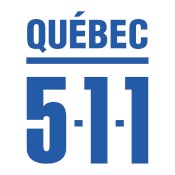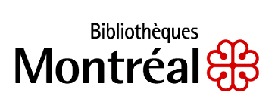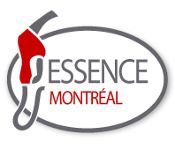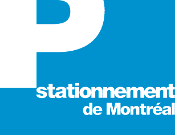Mohawk People of the Flint
Mohawk people of the Flint. Flint as in a hard gray rock consisting of nearly pure chert and chert as in a hard and fine-grained sedimentary rock.
Once a powerful Mohawk Nation, now a member of the Six Nations of the Grand River, the Mohawks are still strongly attached to their traditions and their rituals. Six Nations of the Grand River called Mohawk, Seneca, Oneida, Cayuga, Onondaga and Tuscarora and the largest First Nation reserve in Canada,
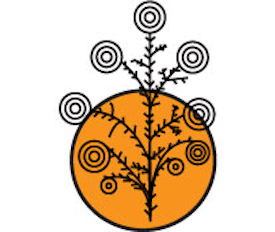
The earliest known Mohawk villages were located on the St. Lawrence River near Montreal. Mohawks who now represent the second most populous Nation in the province of Quebec and Mohawks who have been able to preserve their values and their self-determination despite the influence of their non-indigenous neighbors.
Mohawks who are now part of the powerful Iroquois Confederacy, also known as the Six Nations Confederacy. Iroquois in French, Six Nations in English and three Mohawk communities called Akwesasne, Kahnawake and Kanesatake.
A Mohawk First Nation who succeeded in preserving its Mohawk traditions while assuming control over their education, their health and their mental wellness as well as the well being of their members, their children and their communities.
The strength, the determination and the success of the Mohawks are deeply rooted in their social organization, sedentary traditions and spiritual values. Inherited values from one generation to the other and principles inspired by their sacred relationship with human beings, with animals, with plants and with the rest of the creation.
Highly Skilled Steel Mohawk Workers
The Mohawk People of the Flint were hunting, fishing, farming and trading people who traveled extensively in their elm bark canoes in what is now called upstate New York, Southern Quebec and Eastern Ontario.
Then, a Mohawk tradition began in 1886 during the construction of the Canadian Pacific Railway bridge across the St. Lawrence River from Kahnawake to Montreal. Several Mohawks became involved in various construction sites where their talents for working at heights quickly earned them a strong reputation.
Proud stories of highly skilled steel workers working on the major Canadian and American projects where foremen noticed the agility, grace, and apparent disregard of heights of the men when they were walking on bridge spans. Abilities that most likely evolved when the Mohawks constantly needed to travel in heavily forested landscape with rivers and creeks.
Akwesasne Mohawk Territory
With a U.S. international border running through the Akwesasne territory and with Quebec and Ontario within its Canadian side, the geography and the territory of the Akwesasne Mohawk Nation is rather unique. International boundaries that mark the space over which the U.S. federal government has authority and internal boundaries that mark the space of the Quebec and Ontario provinces.
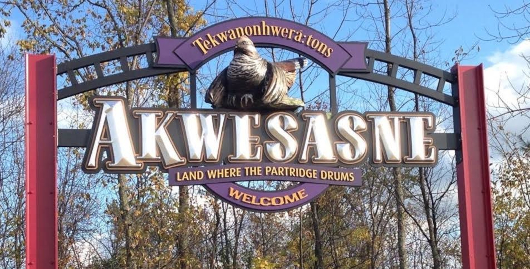 Akwesasne
Akwesasne A Mohawk Council of Akwesasne and a mission statement that includes "(...) creating sustainable partnerships and building a strong community for future generations" along with an environment program that "strives to better understand, protect, maintain, and enhance the natural environment of Akwesasne".
Akwesasne is known for a rather large number of popular attractions such as an Annual Pow-Wow, a Music Festival, a Winter Carnival, Outdoor Concerts along with an Adult Education Center, a Casino, a Cultural Center and an International Mohawk Raceway located in the state of New York.
Kahnawake Mohawk Territory
The Office of the Council of Chiefs, the OCC provides support and services to the Chiefs of the Kahnawá:ke Mohawk Council. A team of negotiators, advisors, technicians along with services related to politics and governance.
An OCC that succeeded in creating relations with many ministries of the Canadian and the Quebec governments and not just with the Canadian Department of Indian Affairs and/or the Quebec Northern Development.
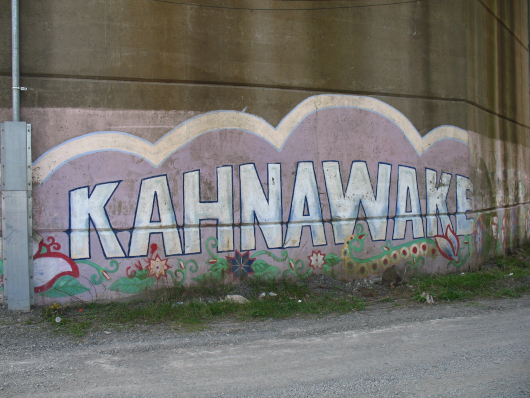 Kahnawake
KahnawakeThe Mohawks of Kahnawake also called the Kahnawake Mohawks created the Kahnawá:ke Environment Protection Office and the Environment Protection Unit responsible for planning and implementing a proper environmental system.
A system designed to protect and enhance the territories of the Mohawk First Nation and a series of specific territories located on the south shore of the Saint Lawrence river. A system to develop and oversee proper Mohawk activities, roles, responsibilities, policies and procedures and to strengthen their culture and their language.
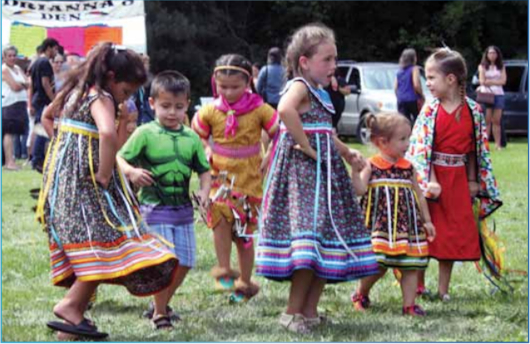 Kanesatake Pow Wow Time by Susan Oke
Kanesatake Pow Wow Time by Susan OkeKanesatake Mohawk Territory
Kanesatake however is confronted with territorial problems. The lands acquired by the Federal Government for the benefits of the Mohawks have, up to the present day, never been transferred to their community. A difficult situation that once resulted in the Oka Crisis also called the Mohawk Resistance.
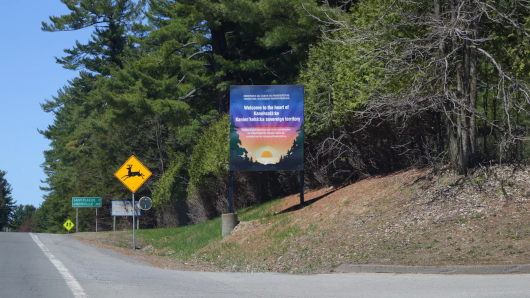 Kanesatake
Kanesatake The Kanesatake Interim Land Base Governance Act confirmed that land was to be reserved for the Mohawks of Kanesatake but the Act did not establish the land as a reserve and, unfortunately, there has been no organized transfer since.
The Abenakis, Anishinaabeg, Atikamekw, Crees, Huron-Wendats, Innus, Maliseets, Mi'kmaq, Mohawks, Naskapis First Nations and, the Inuits in Inuit Nunangat, the Arctic regions of Greenland, Canada and Alaska.
Montreal Kits
Mohawk People of the Flint
Mohawk Singular- Mohawks Plural
Disclaimer Keep in Touch! Montreal Tourism
Privacy Policy Rachel Louise Barry Sitemap
Montreal Kits © All Rights Reserved 2018-2024
The information provided by Montreal Kits is informational only and has no legal value.







